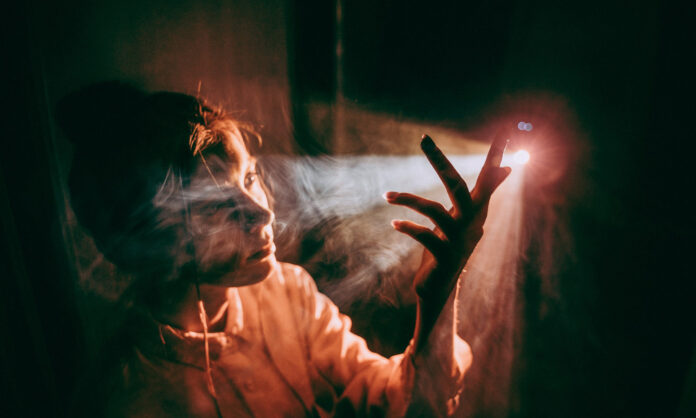
In a guest post on Writers in the Storm, Angela Ackerman says that writers can flip the mood in their story by making strategic descriptive choices about light and shadow. “Places that seem familiar and safe by day can feel very different at night,” she says. “Likewise, the mystery and uncertainty present in a murky locale will dissipate as the sun climbs the sky. When we change the quality and amount of light, we can shift the mood in our scene without changing the setting.”
Light and shadow are nearly universal symbols, so we can predict how most readers will react to them in our writing. Daylight is safe. Nighttime carries risk, either physical or emotional.
Ackerman encourages writers to consider the lighting in their scene – how much there is, where it comes from, its quality and consistency. You can also use your character’s journey to define what light and shadow mean to them and your story. “Light itself may represent pain, exposure, risk, or danger to a character who lives safely below ground, or by the necessity of survival, is only able to come out at night,” Ackerman says. “We need only look at vampire, werewolf, and demon fiction to see this played out within a story.”











